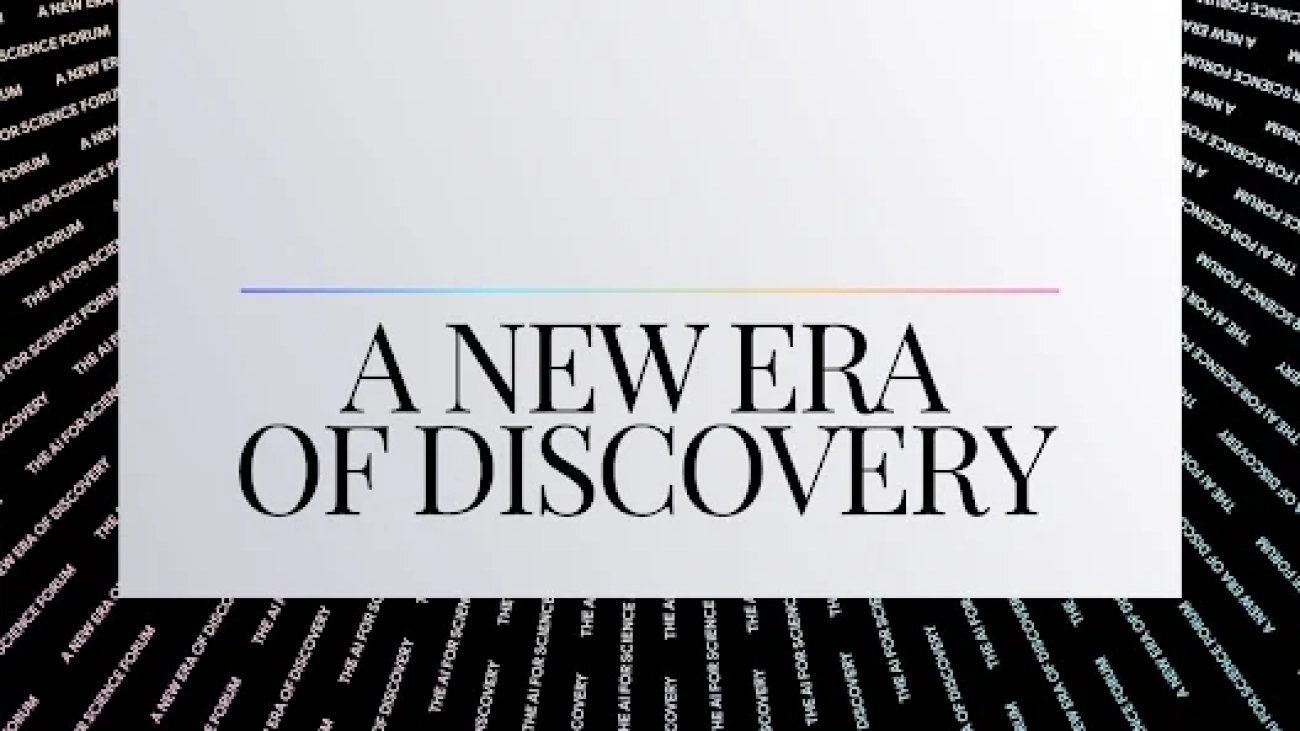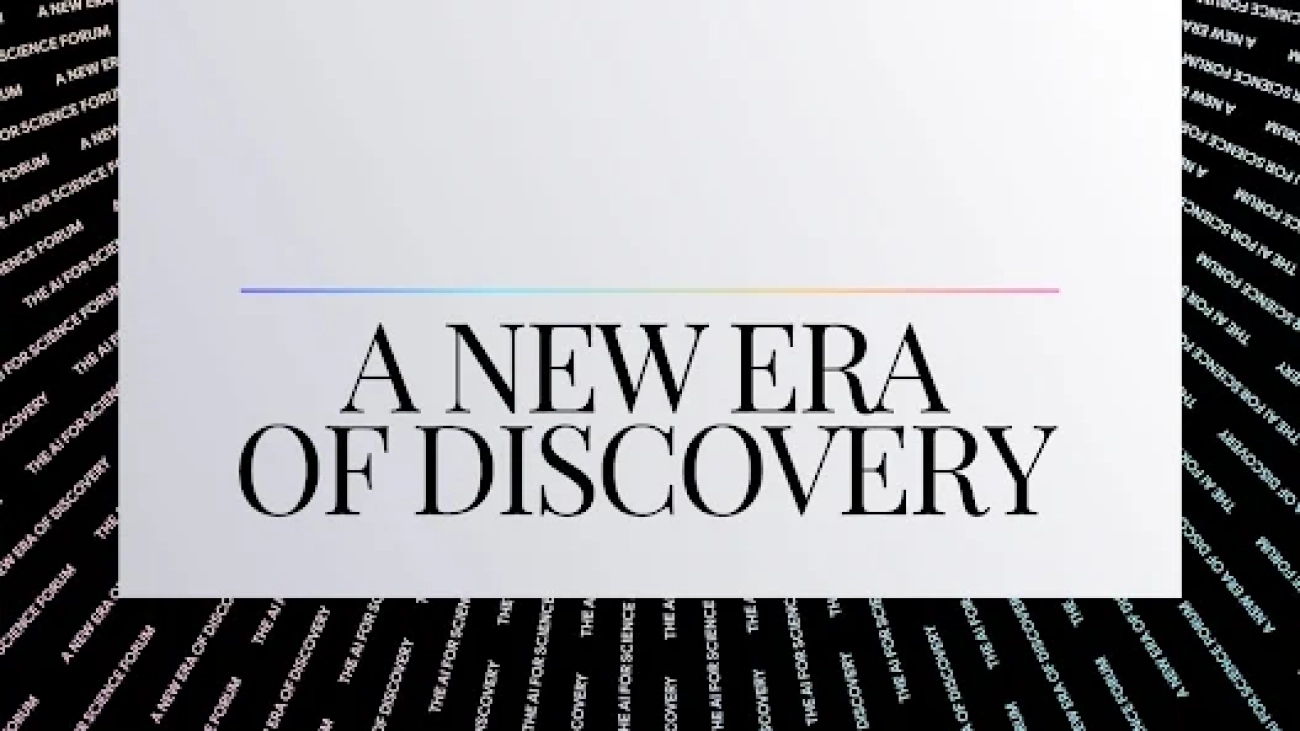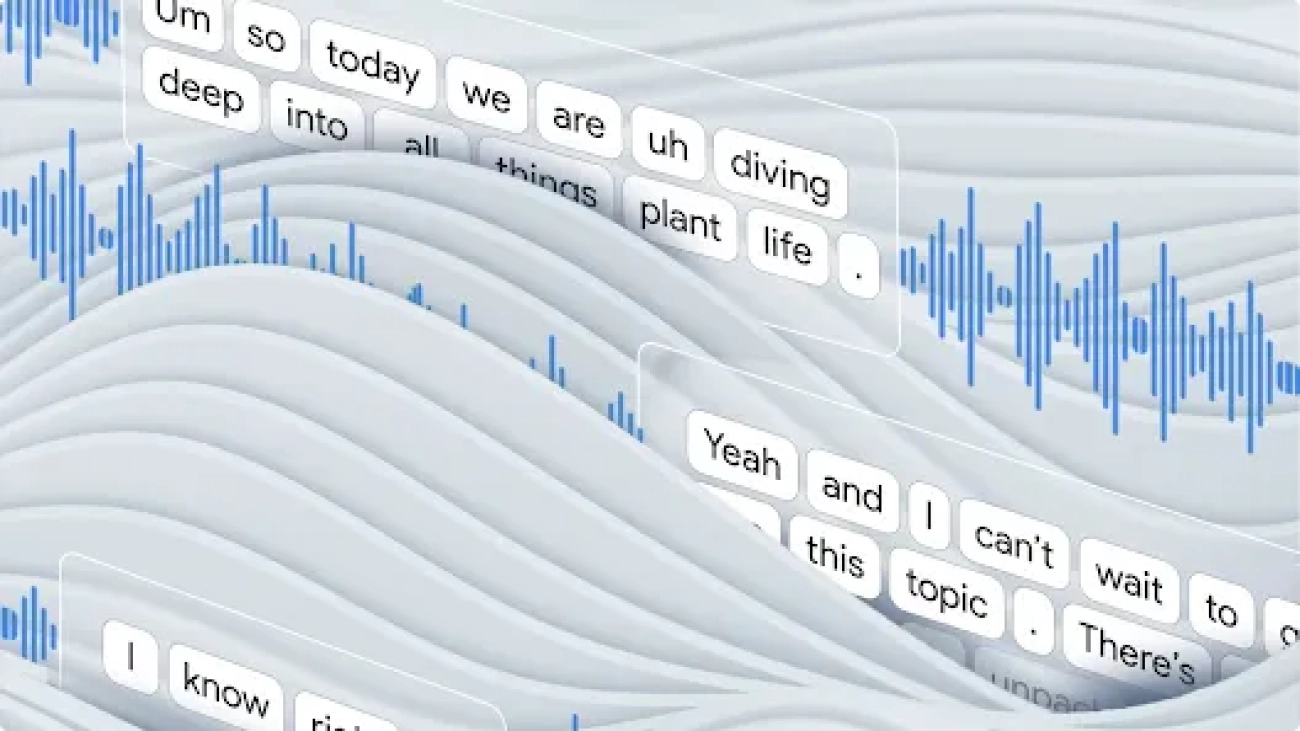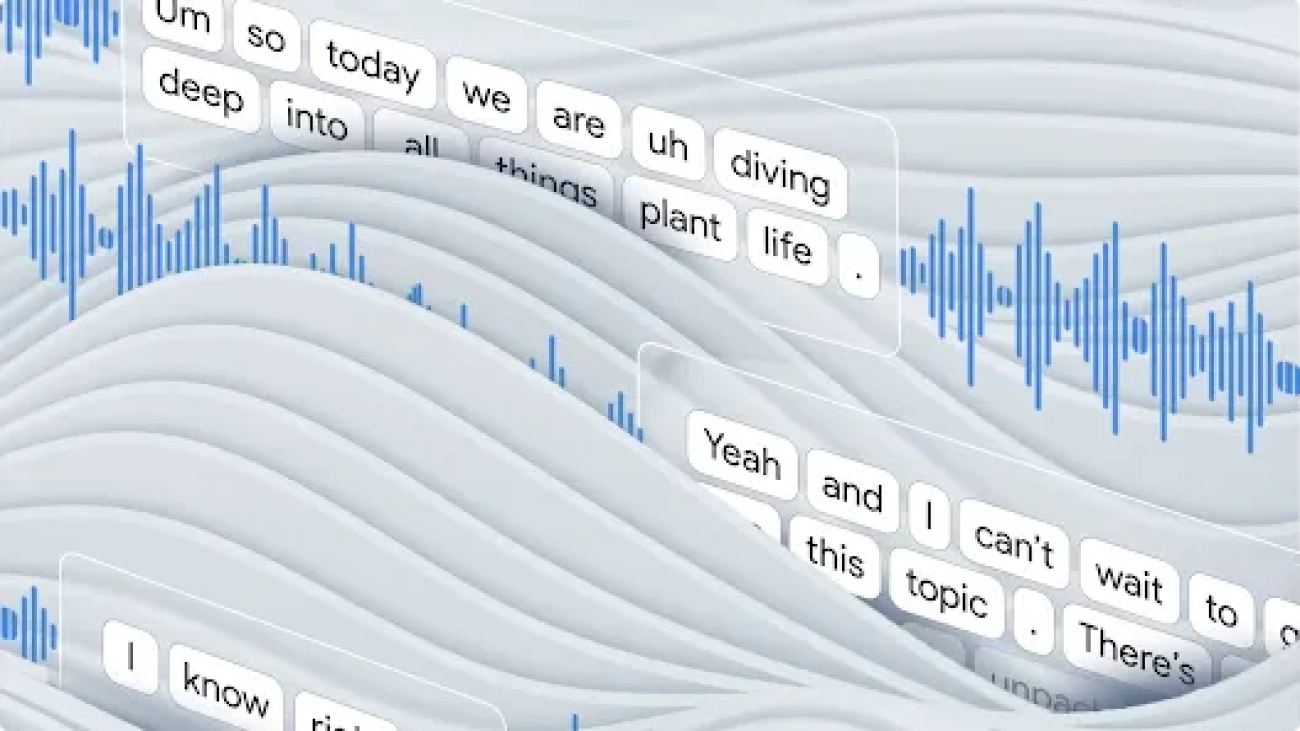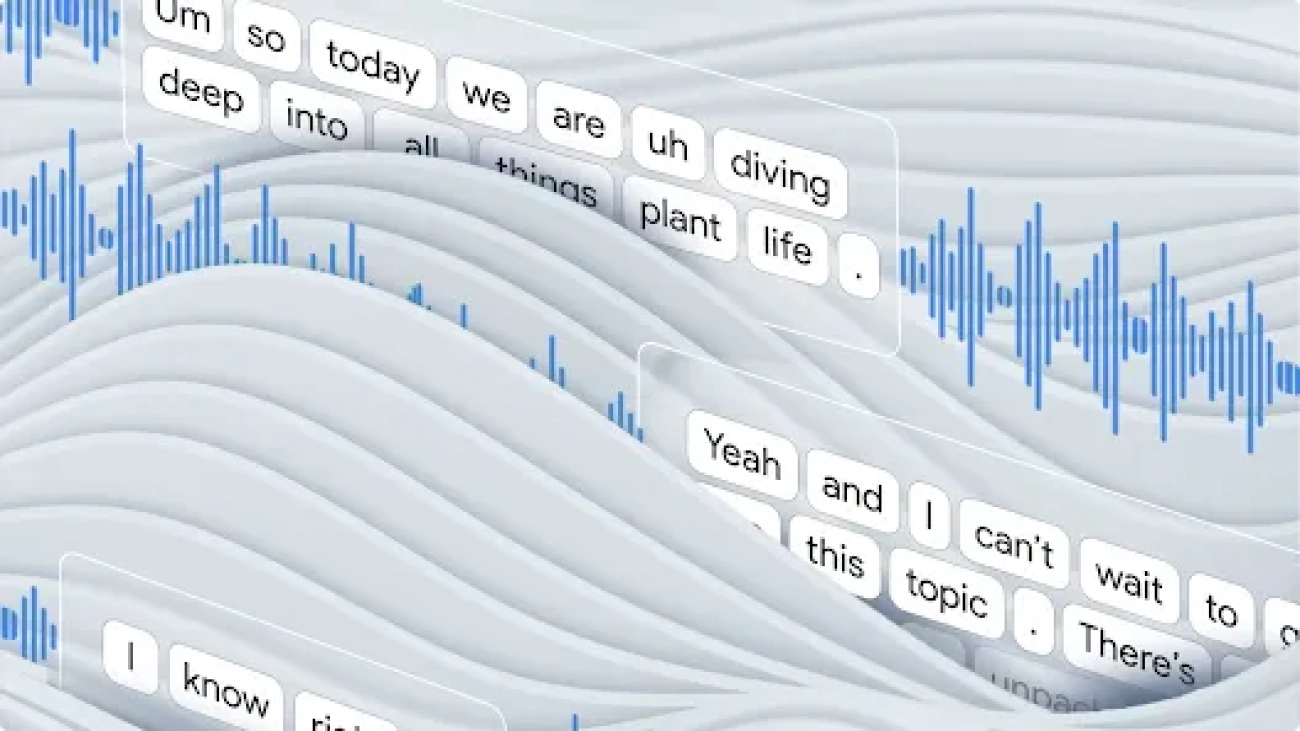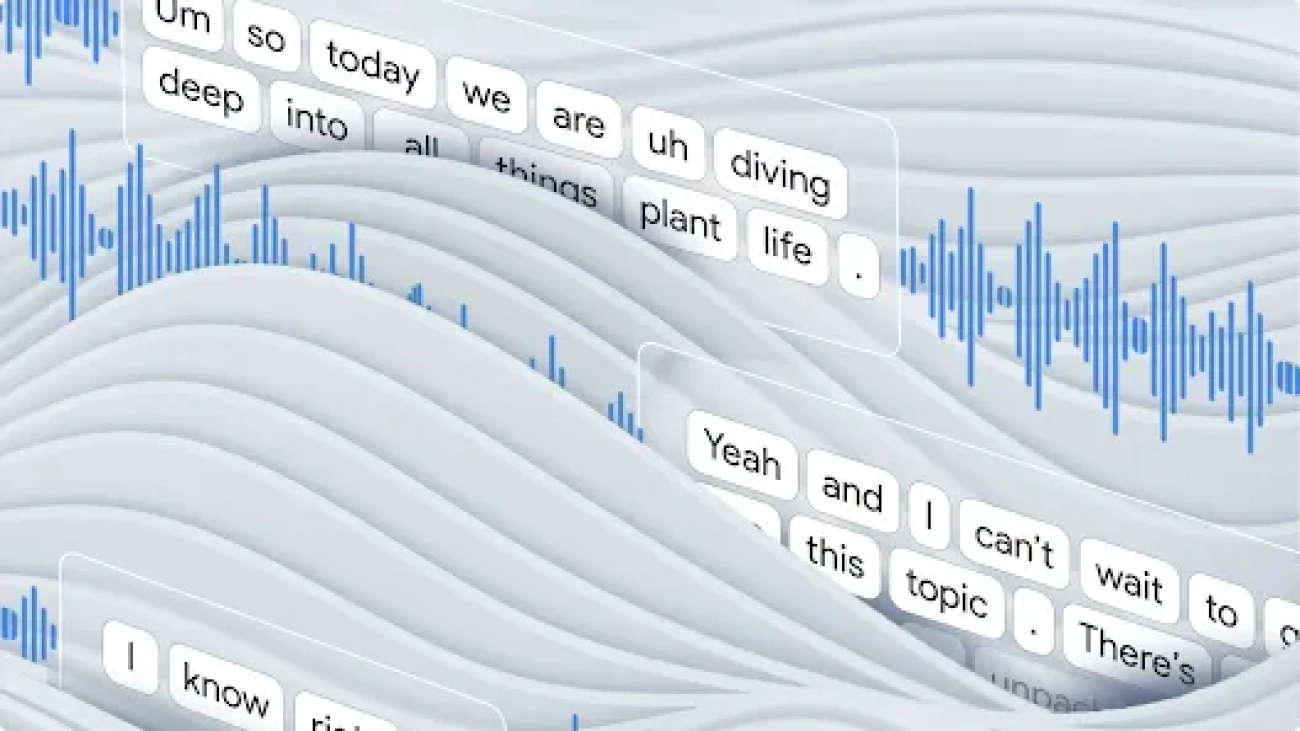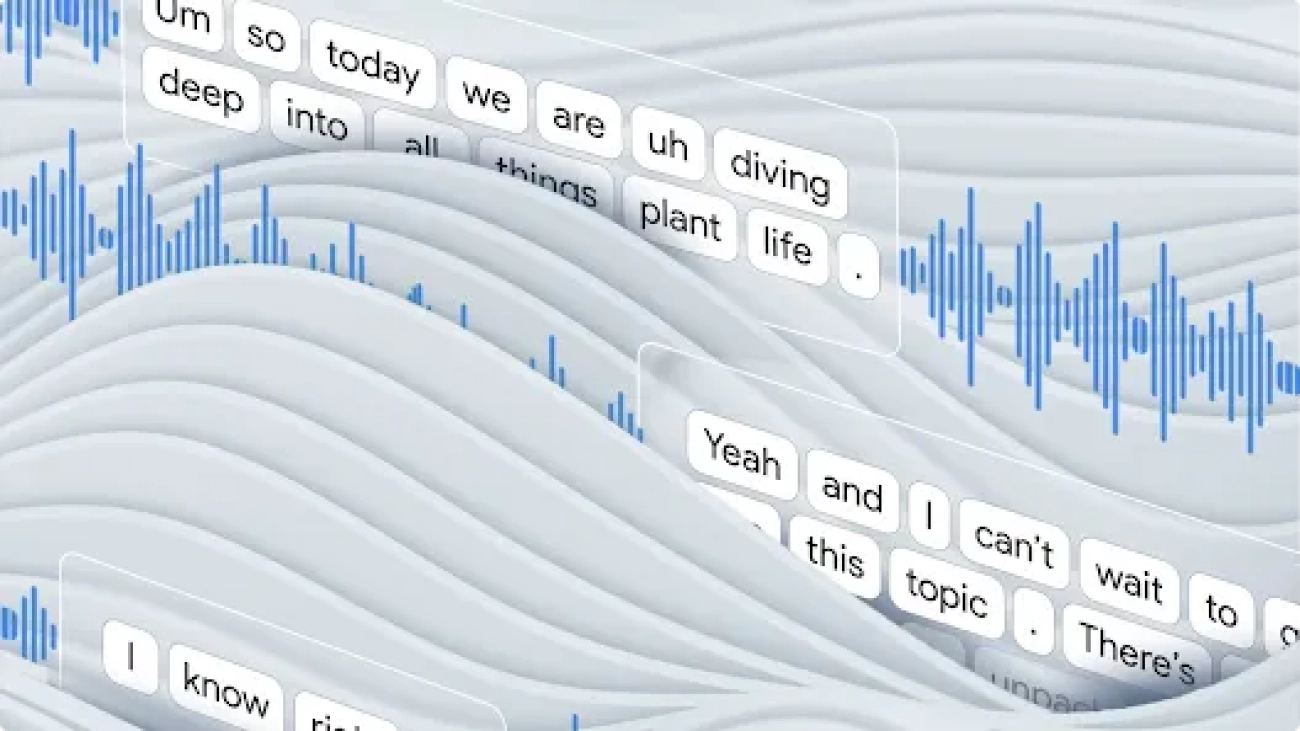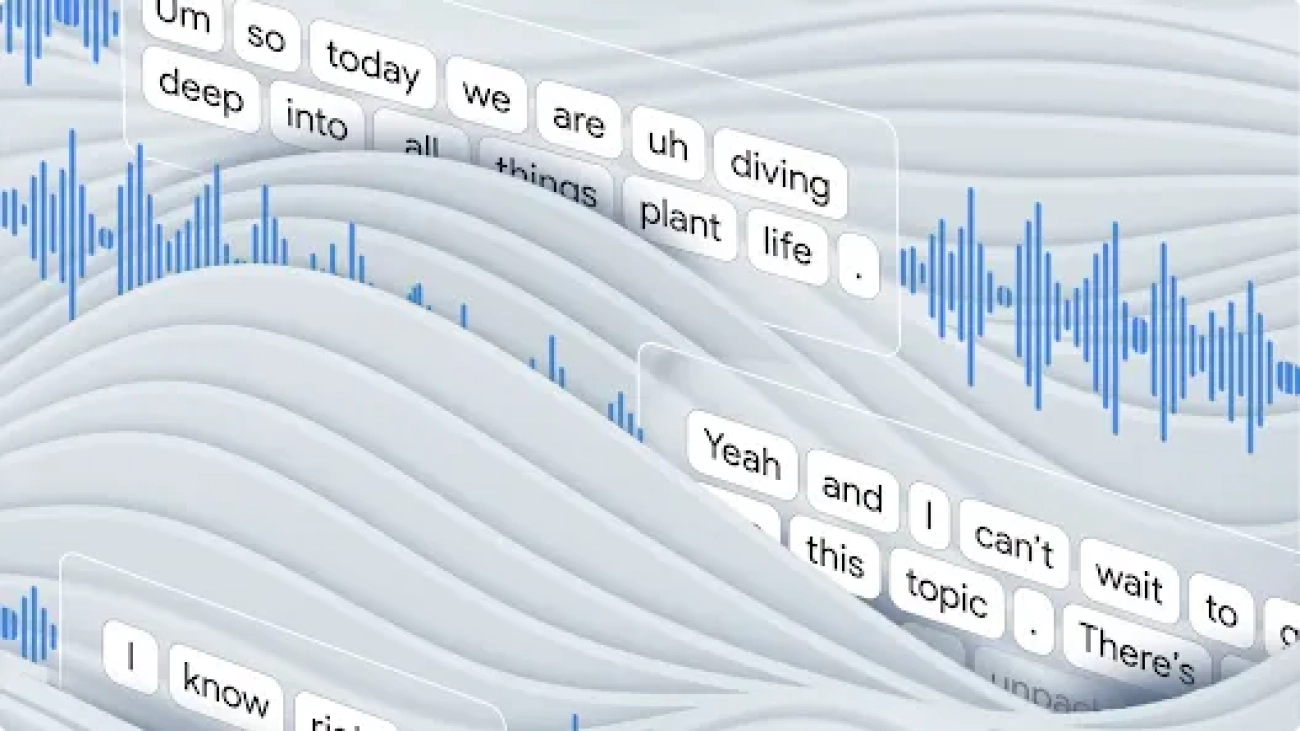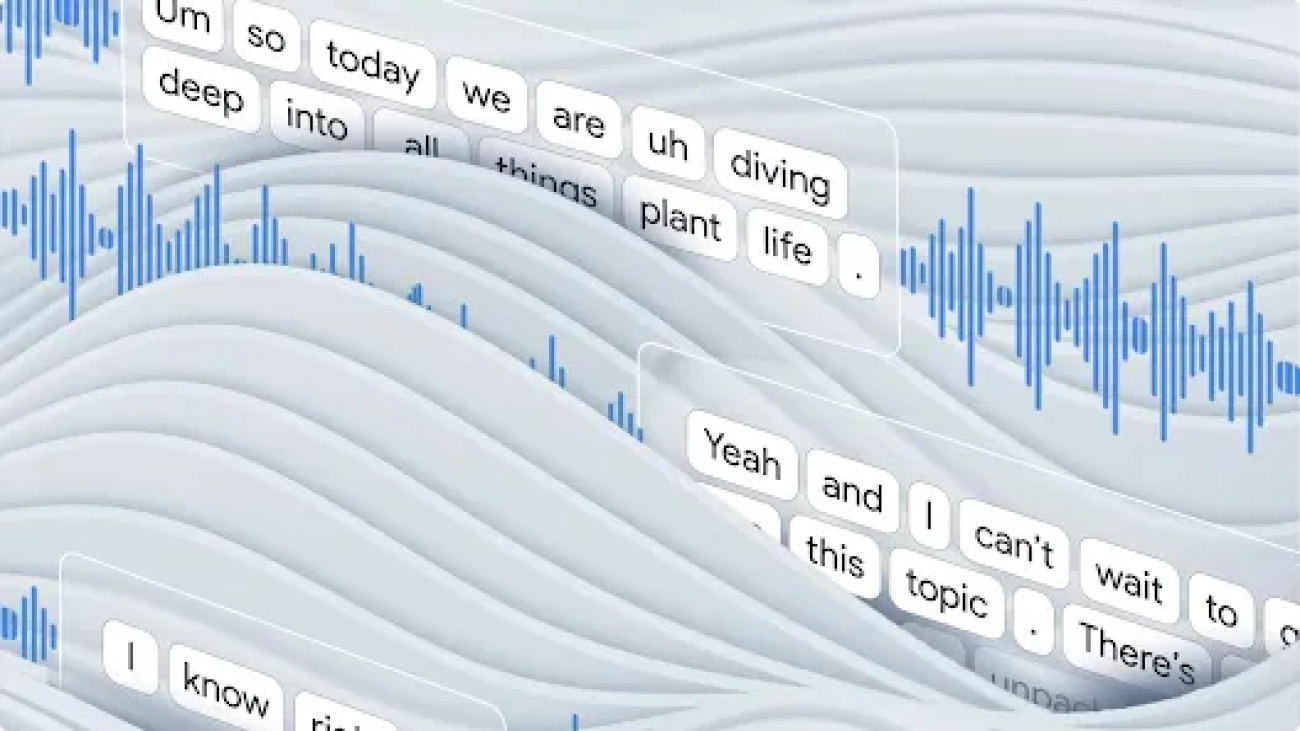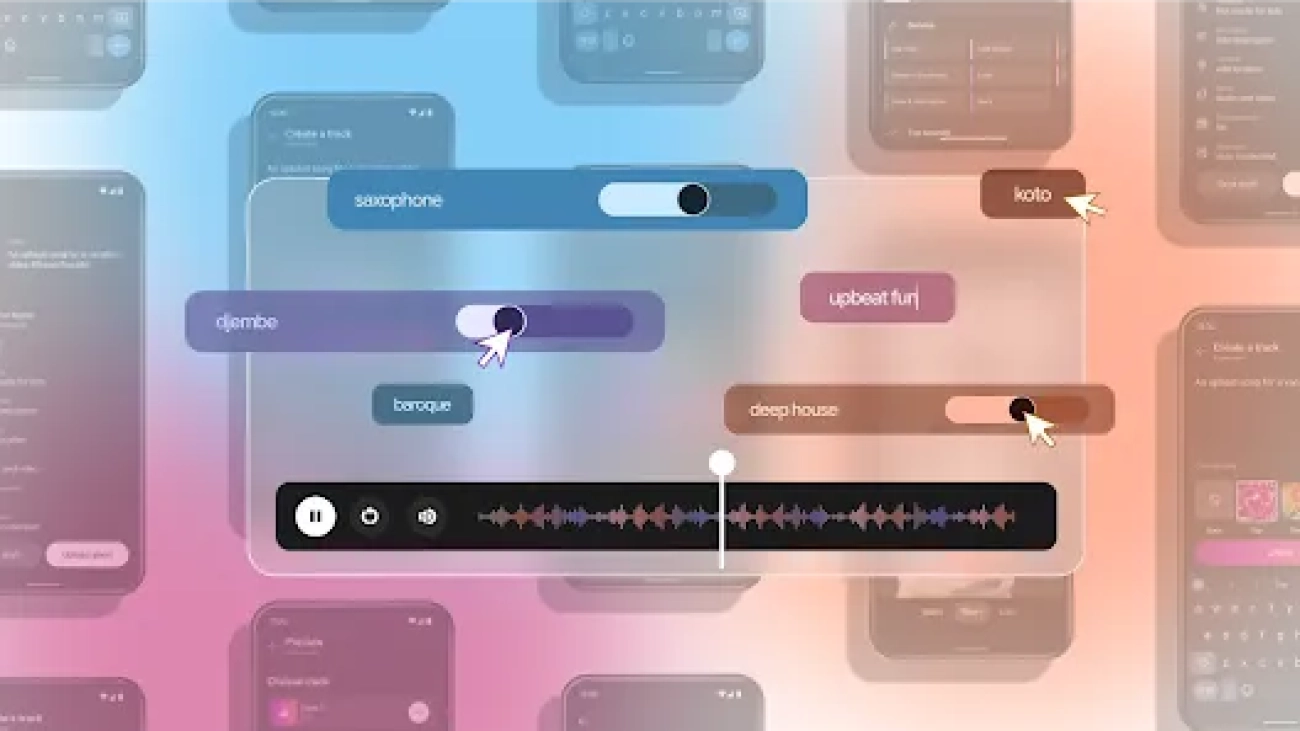The AI Science Forum highlights AI’s present and potential role in revolutionizing scientific discovery and solving global challenges, emphasizing collaboration between the scientific community, policymakers, and industry leaders.Read More
The AI for Science Forum: A new era of discovery
The AI Science Forum highlights AI’s present and potential role in revolutionizing scientific discovery and solving global challenges, emphasizing collaboration between the scientific community, policymakers, and industry leaders.Read More
Pushing the frontiers of audio generation
Our pioneering speech generation technologies are helping people around the world interact with more natural, conversational and intuitive digital assistants and AI tools.Read More
Pushing the frontiers of audio generation
Our pioneering speech generation technologies are helping people around the world interact with more natural, conversational and intuitive digital assistants and AI tools.Read More
Pushing the frontiers of audio generation
Our pioneering speech generation technologies are helping people around the world interact with more natural, conversational and intuitive digital assistants and AI tools.Read More
Pushing the frontiers of audio generation
Our pioneering speech generation technologies are helping people around the world interact with more natural, conversational and intuitive digital assistants and AI tools.Read More
Pushing the frontiers of audio generation
Our pioneering speech generation technologies are helping people around the world interact with more natural, conversational and intuitive digital assistants and AI tools.Read More
Pushing the frontiers of audio generation
Our pioneering speech generation technologies are helping people around the world interact with more natural, conversational and intuitive digital assistants and AI tools.Read More
Pushing the frontiers of audio generation
Our pioneering speech generation technologies are helping people around the world interact with more natural, conversational and intuitive digital assistants and AI tools.Read More
New generative AI tools open the doors of music creation
Our latest AI music technologies are now available in MusicFX DJ, Music AI Sandbox and YouTube ShortsRead More

